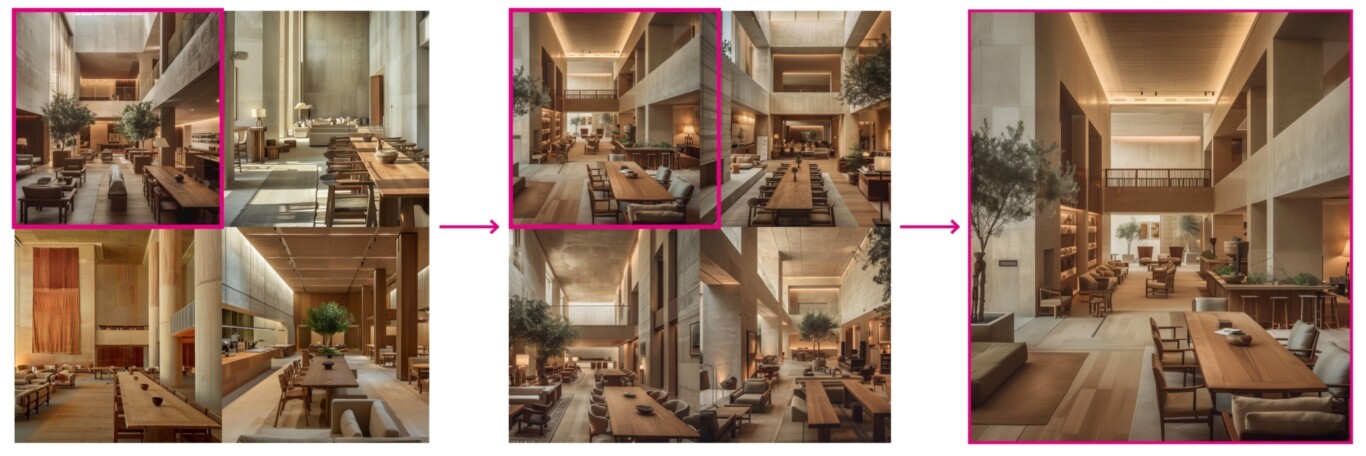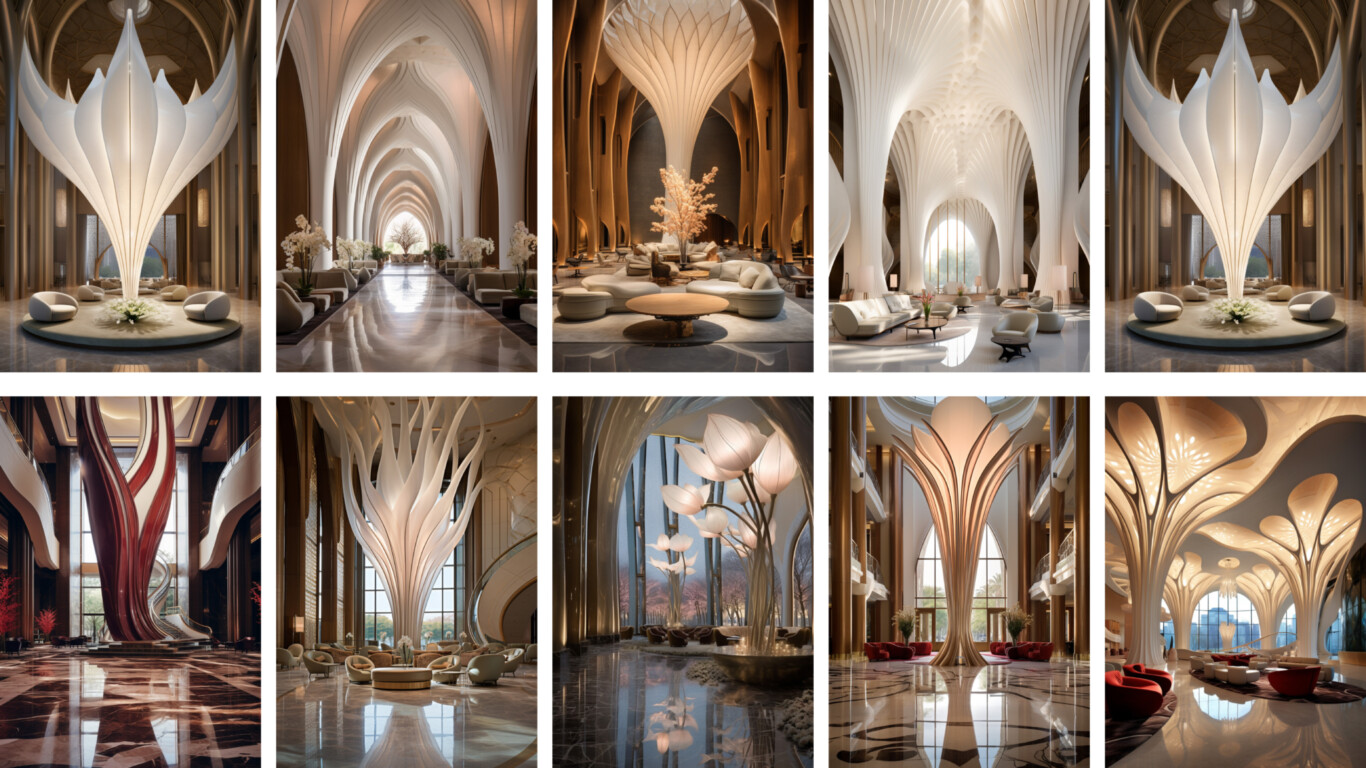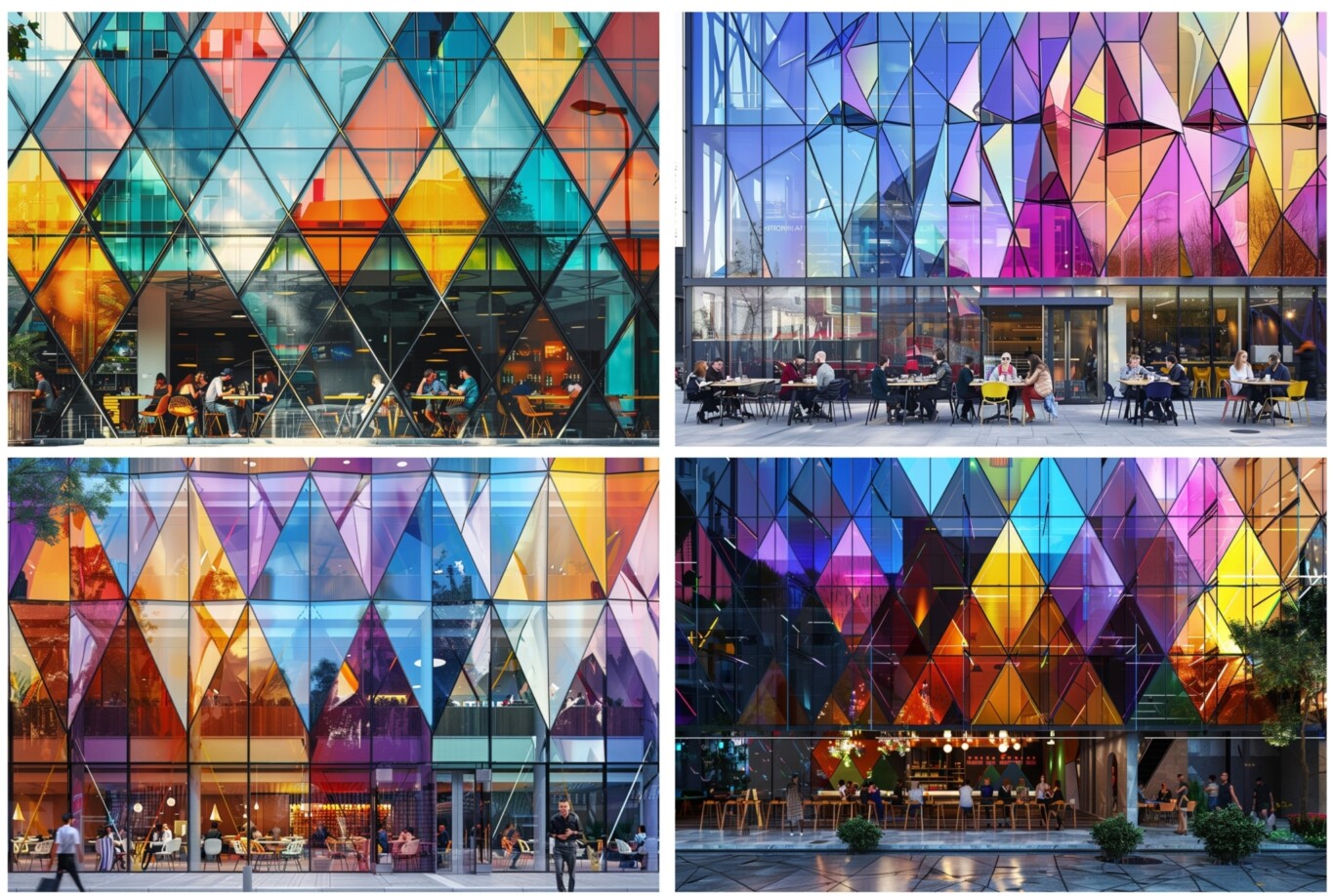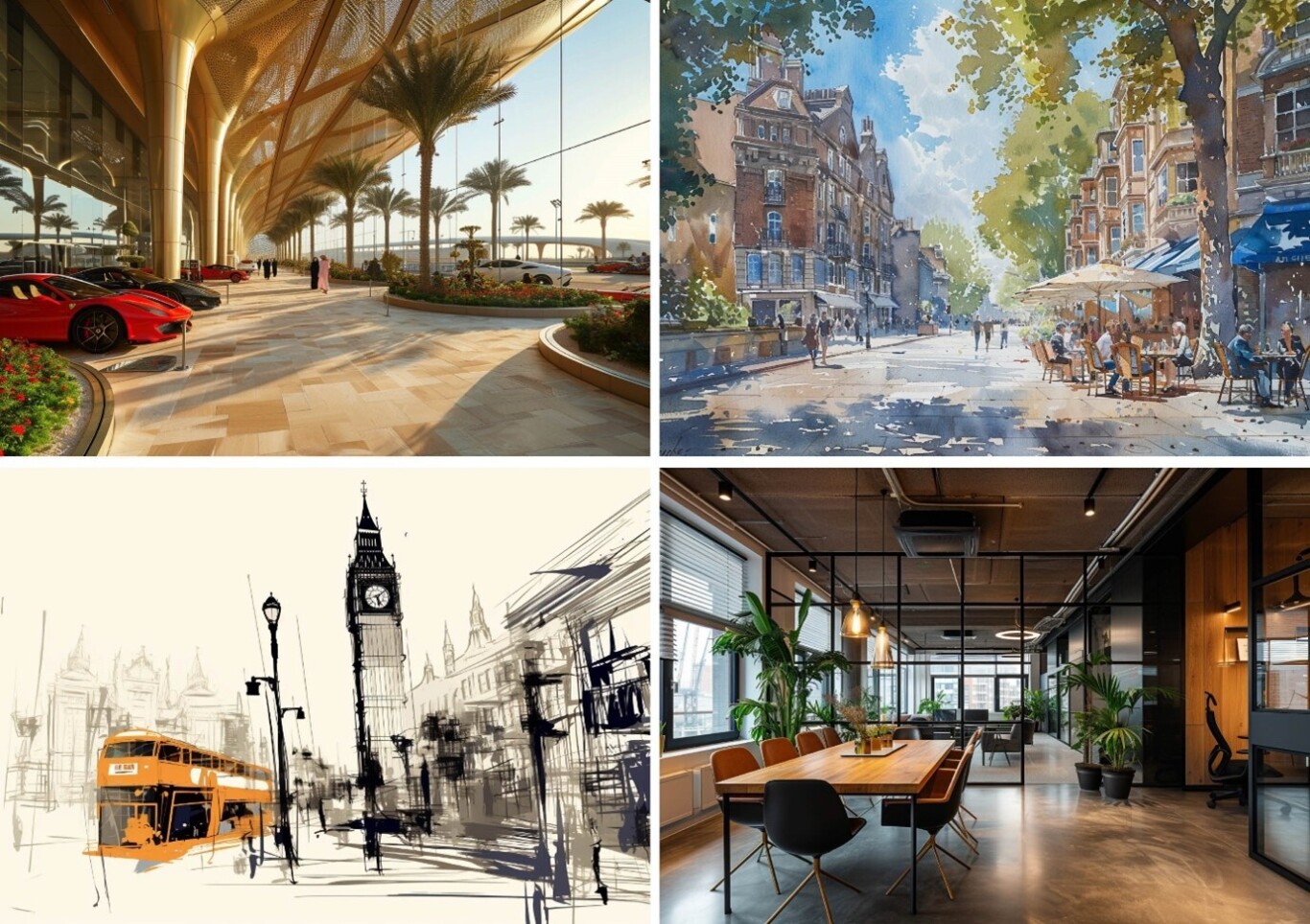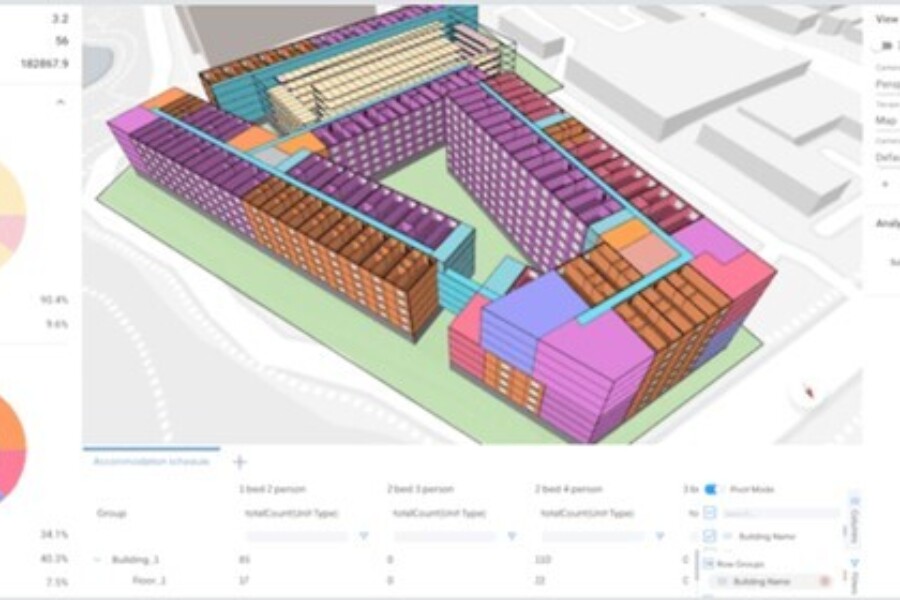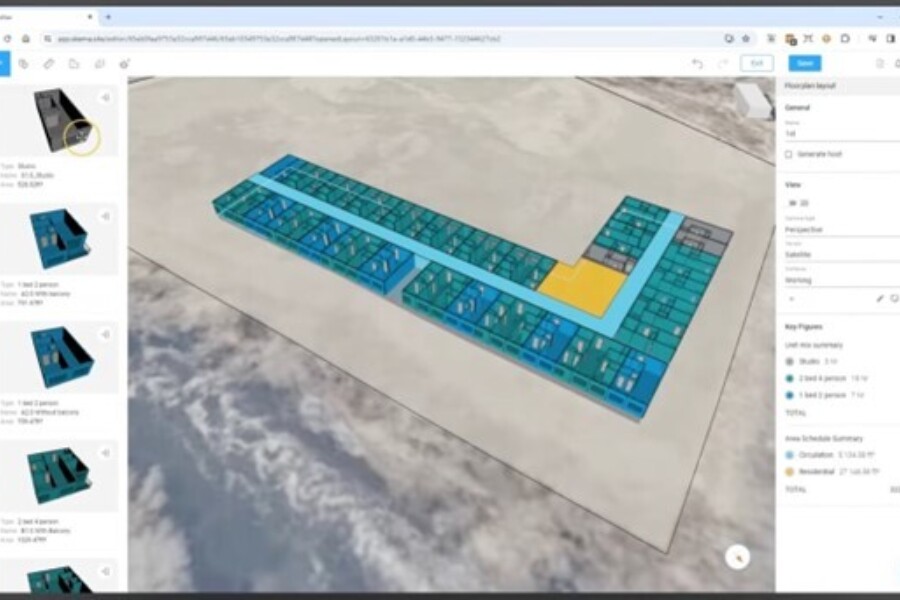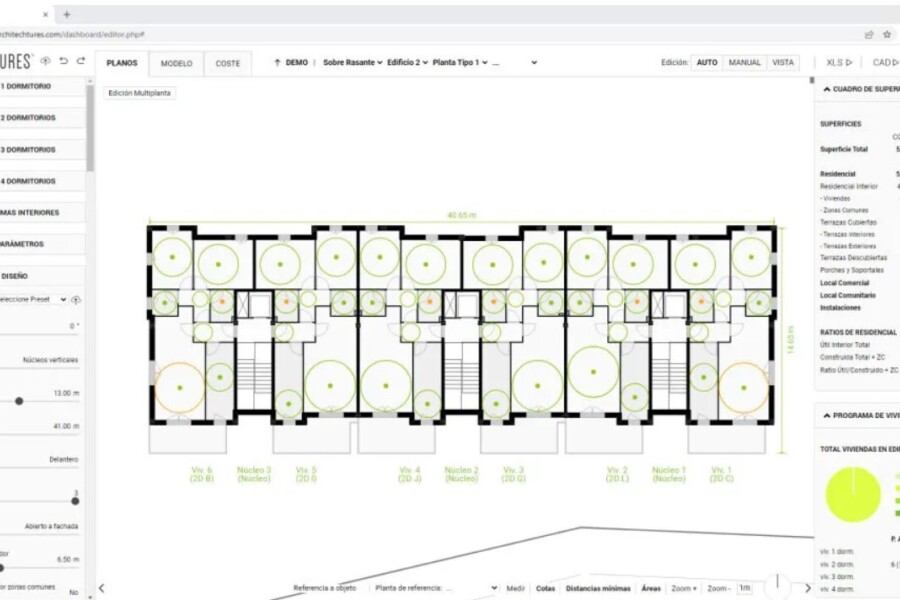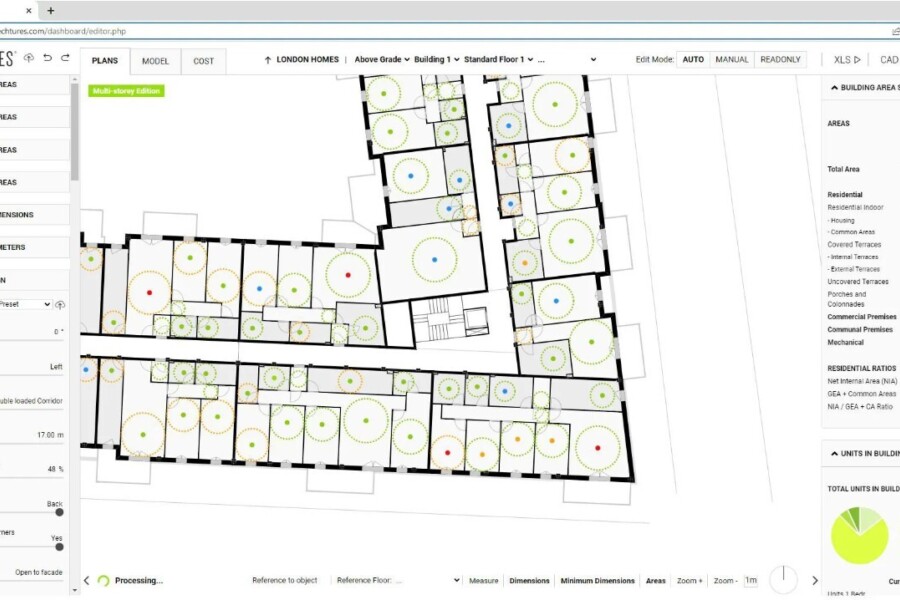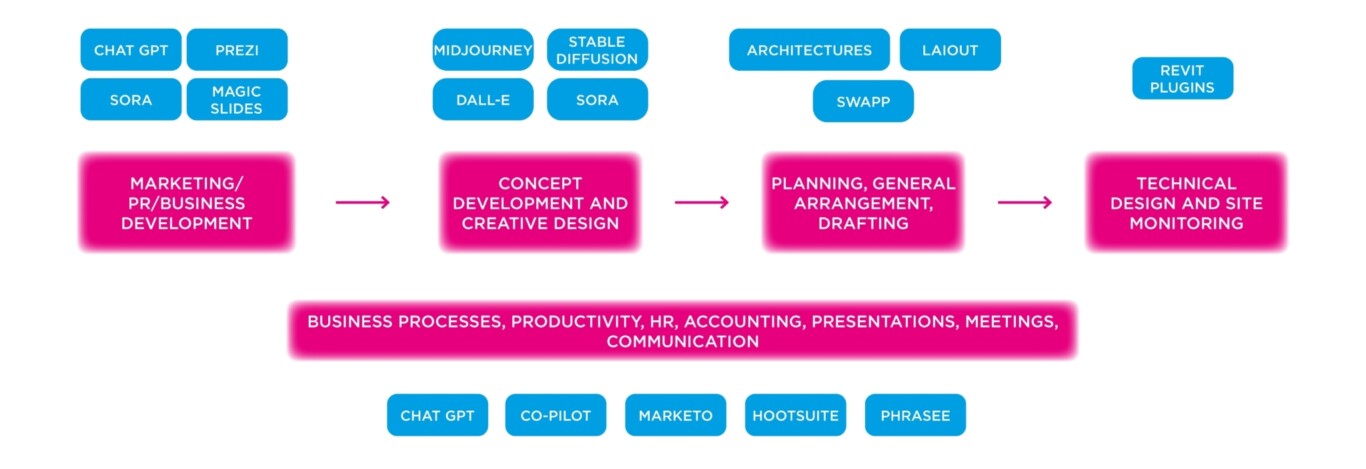
Artificial Intelligence and Architecture: How it is evolving?
In this Insight paper, Daniel Morgans, an associate director in our London studio provides a brief analysis of ‘AI in Architecture’ and studies the potential impact and opportunities.
In the evolving landscape of architecture, Artificial Intelligence (AI) is no longer just a buzzword. AI tools offer a fascinating and powerful way to complement the knowledge and emotional intelligence of human designers. They can streamline our often lengthy and iterative processes if used intelligently. There are, of course, risks, but with effective communication, our creativity and design talent, augmented by AI, will surpass the sum of their parts.
For a forward-thinking firm like Chapman Taylor, integrating AI into the architectural process presents both exciting opportunities and considerable challenges. From initial client engagement to project delivery and administrative efficiency, AI tools are transforming our approach to each stage of our projects. This article explores how AI tools enhance each stage of our design process and concludes with an analysis of how the future will evolve with AI complementing our work.
Introduction: AI tools can be categorised based on how they assist in design. The diagram below summarises these stages and the tools mentioned in this article:
Workstage: Marketing/PR/Business Development:
This encompasses various aspects such as analysing market opportunities and client briefs using ChatGPT and creating automated slide presentations with tools like Prezi and Magic Slides. While nothing can replicate the power of face-to-face communication, expediting the administrative processes behind it can help us focus our efforts more efficiently.
Workstage: Concept Development and Creative Design:
The ideation phase of any architectural project is where creativity thrives, and AI tools are amplifying this creativity. Traditionally, brainstorming involves a detailed understanding of the project and context, researching precedent imagery, and gathering ideas from multiple influences such as the arts, product design, and experiences. This analysis often sparks ‘concept ideas,’ and Generative AI platforms like MidJourney and Stable Diffusion enable rapid iteration of these ideas, offering a plethora of visual options that inspire and inform our design process. Video tools such as Sora are also developing, which will take text prompts and create stunning moving visuals.
Midjourney:
Using a text prompt to generate an image, such as the interior shot above, it is possible to iterate and refine that image to control the fine details and create the vision to aid discussion with the Client.
Examples of contemporary coastal villas generated by text prompts such as ‘luxury curvaceous villa on a flat sandy beach, concrete inspired architecture, luxury hotels, luxury travel’:
In this view our concept ideas revolved around a hotel inspired by a tulip, and so Midjourney allowed us to explore highly resolved versions of this for the interior that we could use to begin modelling and designing. There are no shortcuts, and these are just 2D images – they have limited use on their own and the skill and experience of the designer is fundamental to develop and make them work in a real-world context.
These images, similarly, allowed us to explore iterations of an idea using a coloured glass façade for an office development:
The images below allowed us to explore iterations of an idea using a coloured glass façade for an office development:
Midjourney can replicate a number of different sketch styles from location-based atmosphere, to watercolour, illustration and interior design:
Stable Diffusion offers us a slightly different approach, whereby a very sketchy ‘white card’ model can be translated into something more resolved by the AI software:
For a different brief, such as a residential block in an urban context site, AI-assisted design tools like Skema can assist in generating parametric block plans. As architects we are always thinking of the holistic picture, and so the urban context and creative solution must sit comfortably alongside the rigours of block planning – balancing these factors is a human art.
Once we have this balance right, these tools can then articulate apartment sizes and block configurations and overlay wind and solar information, accelerating the transition from concept to tangible drafts.
Workstage: Planning, General Arrangement, and Drafting:
In the planning and drafting stages, we refine the outline concept and start iterating to meet specific briefs, such as the number and type of apartments. Tools like Architechtures, which provide AI-assisted building design platforms, promise to streamline the drafting process by creating algorithm-driven room and block layouts to a defined brief. Naturally, these need to be passed through a human filter to select and refine the best solution, but they can reduce the time taken to iterate along the way.
As we move from the drawing board to the construction site, AI has the potential to play a significant role. Platforms like SWAPP AI promise to facilitate comprehensive design-to-documentation workflows. AI-driven monitoring tools may have the potential to oversee construction progress, identifying potential issues before they become costly problems, thus maintaining project timelines and budgets. These tools appear to still be in development, and therefore we are still unsure of their full potential.
Business Processes, Productivity, HR, and Accounting:
Beyond the design and construction phases, AI has the potential to assist with our business operations. Tools like IBM Watson Talent and SAP SuccessFactors may enhance HR functions by streamlining recruitment and employee management. Productivity tools such as Google Gemini may improve our internal workflows (such as minute drafting and letter writing), allowing us to focus more on creative and strategic tasks. For financial management, AI-powered accounting software may offer real-time insights into our financial health, ensuring that we remain financially robust.
Analysis: Navigating the Future with AI:
As mentioned in the introduction, many of these tools are yet to fully materialise and are still in development stages. They are also offered in discrete packages or as plugins to existing software such as Revit and do not offer a complete architectural process. They also treat buildings as isolated objects and cannot navigate human complexities such as local interest groups, financial aspects, and how buildings are experienced at a street level. Therefore, the knowledge and experience of an architect will be crucial in communicating design and integrating the benefits of AI tools as they advance.
At Chapman Taylor, we have a diverse understanding of different sectors and services, enabling us to recognise when an AI tool has ‘gone rogue’ or has not provided something that integrates well with its surroundings or has misunderstood a fundamental human/experiential aspect of the design.
There are risks, of course, and as we at Chapman Taylor use AI to complement and enhance our existing creativity, there is a chance that less experienced operators might try to upsell an immature design purely based on AI's efficiency. The profession (and society) as a whole will need to monitor this and communicate the synergy offered by AI working with humans rather than as a quick solution.
Conclusion: The Future of AI in Architecture:
As AI continues to evolve, its impact on architecture will grow, reshaping our industry and the way we operate. By embracing these technologies, Chapman Taylor can enhance its creativity, efficiency, and client satisfaction. However, this journey requires careful navigation of potential risks and strategic adoption of AI tools. The future of architecture with AI promises a landscape where innovation and tradition coexist, driving the industry forward into new realms of possibility.
References:
